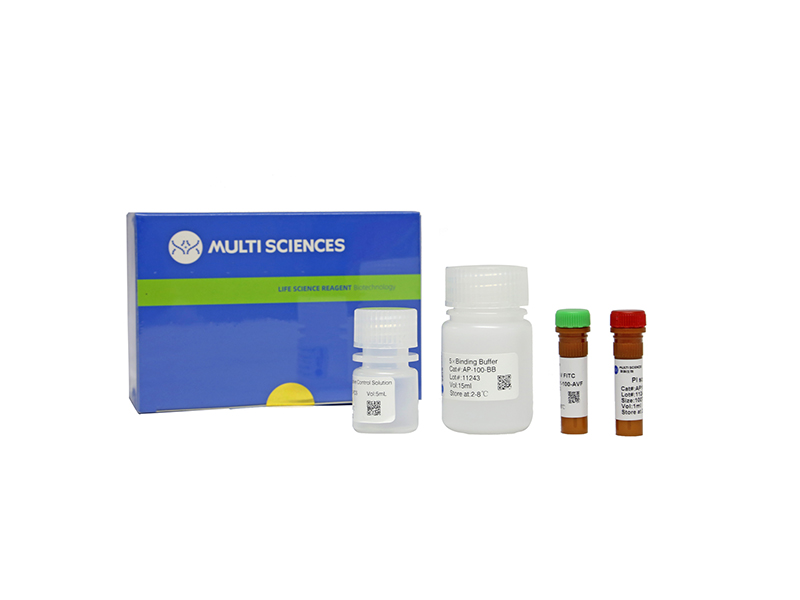Angiogenesis refers to the formation of new blood vessels from existing blood vessels. The proliferation and migration of endothelial cells serves a key function in this process. Previous research has demonstrated that rapamycin suppresses endothelial cell proliferation and migration, as well as angiogenesis. However, the mechanism by which rapamycin inhibits the proliferation and migration of endothelial cells remains unclear. Long noncoding RNAs (lncRNAs) serve a key function in the regulation of endothelial cell function. The aim of the current study was to investigate whether lncRNA taurine upregulated 1 (lncRNATUG1) is involved in rapamycin-induced inhibition of proliferation and migration in human umbilical vein endothelial cells (HUVECs). Reverse transcription quantitative polymerase chain reaction results indicated that the expression of lncRNATUG1 was upregulated in HUVECs that had been cultured with rapamycin. Subsequently, HUVECs were transfected with siRNAs and CCK-8 assays were performed to detect cell proliferation; additionally, flow cytometry was employed to detect cell apoptosis, and wound healing assays were performed to investigate cell migration. The results demonstrated that rapamycin suppressed the proliferation and migration of HUVECs, and promoted the apoptosis of HUVECs. In addition, rapamycin downregulated the expression of vascular endothelial growth factor (VEGF), matrix metalloproteinase (MMP)-2 and MMP-9 in HUVECs. However, silencing of lncRNATUG1 was revealed to attenuate rapamycin-induced inhibition of cellular proliferation and migration of HUVECs, as well as upregulating the expression of VEGF, MMP2 and MMP-9. These results suggested that lncRNATUG1 regulates rapamycin-induced inhibition of endothelial cell proliferation and migration. Therefore, lncRNATUG1 may serve a key function in rapamycin-induced inhibition of endothelial cell proliferation and migration.
文章引用产品
-
-
- AP101
- 凋亡试剂盒
Annexin V-FITC/PI Apoptosis Kit(适用于除C6以外的流式细胞仪)
-
¥630.00 – ¥1,280.00
-
- AP101
- 凋亡试剂盒
Annexin V-FITC/PI Apoptosis Kit(适用于除C6以外的流式细胞仪)
- ¥630.00 – ¥1,280.00



